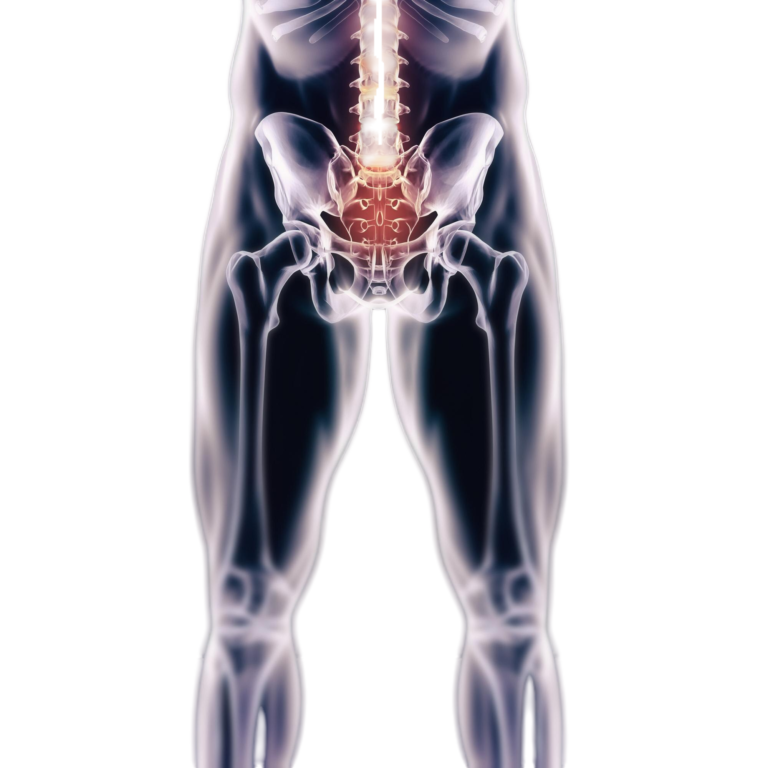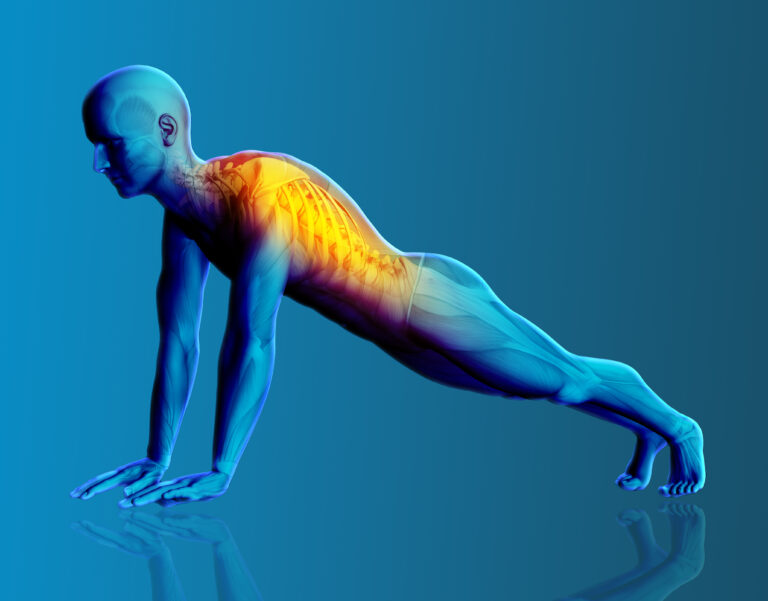The foot is one of the most complex bodily parts, with 26 bones connected by a large number of joints, muscles, tendons, and ligaments. Many illnesses and ailments can affect the feet, such as injuries, inflammation, and foot pain in the elderly that can limit movement. The main causes of foot issues include improper footwear, aging, and diabetes.
Six Typical Foot Issues
- Bunions: These abnormalities of the foot can cause the big toe joint to become uneven. Walking may become painful as a result of the big toe bending slightly inward.
Causes- Wearing tight or narrow shoes might lead to bunions. A family history of bunions is another risk factor for the disorder. Additionally, having certain diseases, including rheumatoid arthritis, may increase the likelihood of developing a bunion.
Treatment- Over-the-counter pain relievers and appropriate shoe fitting can help treat bunions quite effectively. You can also get a bunion cushion at a drugstore or shoe store, which protects against further pressure. A person may elect to get surgery to repair their bunion if it doesn’t go away and still causes them discomfort.
- Athlete’s Foot: A highly infectious fungal illness, an athlete’s foot thrives in warm, moist environments. Exposing one’s feet to fungus or contaminated surfaces can lead to an athlete’s foot. Symptoms of an athlete’s foot include burning, stinging, and itching in the feet and toes.
Causes – Gyms, showers, and swimming pools are the primary locations where people are most likely to encounter the fungus responsible for athlete’s foot. The spread of the fungus may be facilitated by wearing warm, damp shoes.
Treatment – Treating the condition can sometimes be challenging. To start, consider using an over-the-counter (OTC) product. If the fungus continues to spread or worsen after treatment, it is advisable to consult a doctor.
- Corns: Corns are a type of thickened skin found on the bottoms of the feet or the toes. Our body creates corns to prevent blisters on the feet, and they are generally not painful.
Causes – Bunions, hammer toes, and uncomfortable footwear can all lead to corn. It is important to treat corn as they may become itchy over time.
Treatment – A doctor may advise surgically removing the corn, but over-the-counter remedies like corn plasters can ease pressure and promote healing.
- Diabetic neuropathy: In people with diabetes, high blood sugar levels can damage nerve or blood cells over time leading to a condition called diabetic neuropathy. This makes them more vulnerable to foot-related problems. Even ordinary foot problems can get worse in people with diabetes leading to severe complications.
Causes – Nerves or blood cells, particularly those in the feet, may become damaged due to high blood sugar levels. Other factors, such as a history of smoking, alcohol consumption, or a family history of diabetic neuropathy can exacerbate this nerve damage.
Treatment – Diabetic neuropathy can be managed by maintaining overall health and controlling blood sugar levels. A doctor can recommend treatments to prevent further nerve damage, but they cannot reverse it.
- Blisters: Blisters are common and develop when elevated, fluid-filled pockets appear on the skin. The majority of the time, this medical condition is not dangerous and can be treated at home. Blisters are a very common foot problem in adults.
Causes – Blisters can be caused by repeated rubbing of the skin. For instance, this may occur if shoes repeatedly rub a certain foot area.
Treatment – Blisters are often not dangerous and can be treated at home. Using foot powder to keep the feet dry, wearing socks with shoes, and choosing properly fitting and comfortable shoes may help with the problem. Consult a doctor if you have persistent blisters or if flu-like symptoms accompany them.
- Plantar warts: On the heel or ball of the foot, plantar warts look like calluses. They might appear as tiny pinholes or black patches in the middle. They often cause discomfort and can appear as a single wart or in groups.
Causes – A viral skin infection that affects the top layer of skin on the soles of the feet can lead to plantar warts.
Treatment – Warts can sometimes disappear on their own, but in other cases, they may require at-home treatment with salicylic acid-containing medications or medical assistance. Most of the time, treatments involve several applications spread out over several weeks.
Causes of Limping in Children
The reasons for limping in children can vary, ranging from minor physical injuries to serious medical problems. Some of these reasons include:
- Trauma or injury to the hip or leg, such as fractures, sprains, or both.
- Infections like osteomyelitis (a serious infection of the bone) and septic arthritis (an infection in the joint fluid and joint tissues), which can lead to pain and swelling in the affected area.
- Inherited or developmental issues, such as clubfoot or hip dysplasia.
- Muscle or nerve problems, such as muscular dystrophy or peripheral neuropathy, which can affect movement and coordination.
- Nutritional deficiencies or metabolic diseases like rickets or scurvy, which can impact the growth and development of bones.
- Structural anomalies in the leg or hip bones, such as Legg-Calve-Perthes disease or Slipped Capital Femoral Epiphysis.
- The presence of cancerous growths or tumours in the hip or leg region, which can cause pain and restrict movement.
- Infections: Joint infections (septic arthritis), bone infections (osteomyelitis), or viral illnesses affecting the joints (e.g., transient synovitis) can cause limping accompanied by pain, swelling, and fever.
- Inflammatory Conditions: Inflammatory disorders like juvenile idiopathic arthritis (JIA) or autoimmune conditions affecting the joints can lead to limping due to joint inflammation and pain.
- Neurological Disorders: Certain neurological conditions such as cerebral palsy, muscular dystrophy, or spinal cord abnormalities can affect muscle function and coordination, resulting in limping or gait abnormalities.
- Growth-related Conditions: Conditions that affect bone growth or development, such as Osgood-Schlatter disease (affecting the knee) or Sever’s disease (affecting the heel), can cause limping in growing children.
- Tumors or Masses: Rarely, benign or malignant tumors in the bones or soft tissues of the lower extremities can cause limping as a presenting symptom.
Treatment for Limping in Children
The best person to assess the situation and recommend the best course of action is the doctor. The child may need to undergo physical therapy or rehabilitation to restore strength and movement in the injured limb. When a structural deformity or injury that requires correction is the root cause of the limp, surgery may be necessary. Braces, casts, or splints may help to keep the injured leg or hip stable while it heals. To assist the child in remaining mobile while the limb heals, assistive aids such as crutches or a wheelchair may be suggested. To promote recovery and reduce the risk of future injury, lifestyle changes such as increased physical activity or dietary adjustments may be advised. The appropriate treatment plan will depend on the underlying medical issues causing the limp, such as infections or inflammatory illnesses. To treat infections, the doctor may also recommend antibiotics. Follow-up checkups and monitoring may be necessary to ensure that the child’s condition is improving and to make any necessary treatment modifications.
- Rest and Activity Modification: If limping is due to a minor injury or strain, rest and avoiding activities that exacerbate the symptoms may be sufficient.
- Physical Therapy: For musculoskeletal issues or developmental conditions, physical therapy can help strengthen muscles, improve range of motion, and correct gait abnormalities.
- Medications: Pain-relieving medications or anti-inflammatory drugs may be prescribed to alleviate discomfort caused by certain conditions.
- Bracing or Orthotics: In cases of structural issues or abnormalities affecting gait, orthotic devices or braces may be recommended to provide support and promote proper alignment.
Disclaimer: The information provided in this blog post is for general informational purposes only and should not be considered professional advice. Before making any health-related decisions, consult with a qualified healthcare professional. The content is not a substitute for medical advice, and individual results may vary. The author and website are not responsible for any consequences arising from the use of the information provided. Use your best judgment and seek professional advice when needed.



